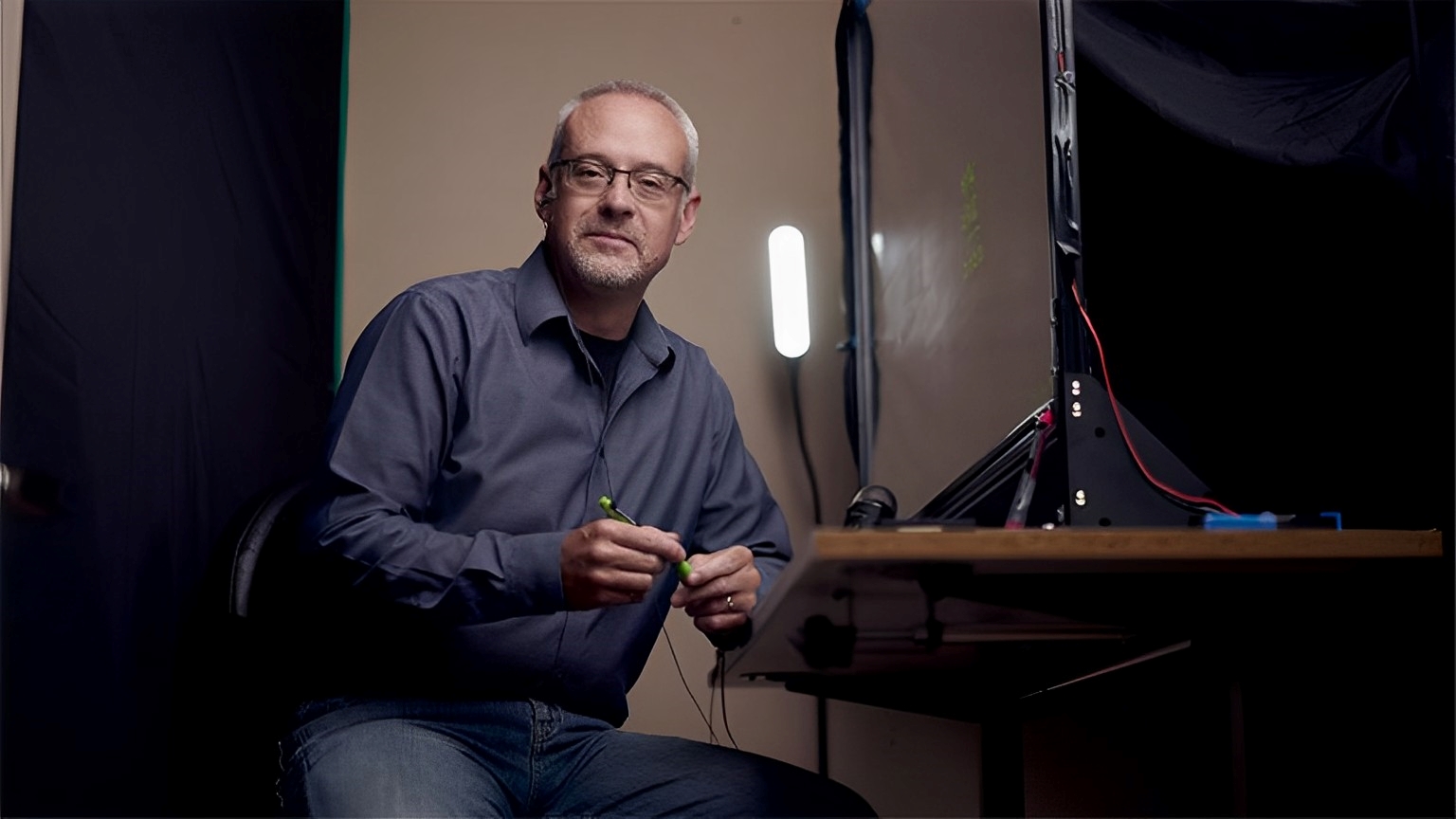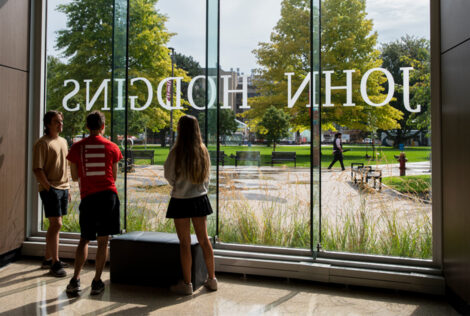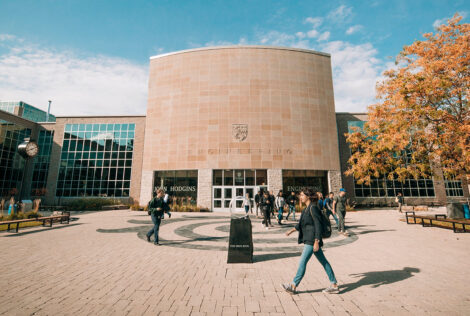

McMaster Engineering TAs and PhD candidates, Eva Mueller and Daniella Pallisco, used Zoom, a lightboard and a studio space to create a highly interactive workshop experience.
When Mueller and Pallisco were faced with the challenge to turn a six-hour Faculty Teaching Assistant Training Workshop into a virtual experience, they knew they needed help.
“We wanted to make this as interactive as possible,” explained Mueller, a Chemical Engineering PhD candidate.
It’s a lot easier to feed off of students and see reactions from students in person. We wanted to make this as close as possible to what we had in-person.
They reached out to McMaster Engineering Studios to receive training on how to use proper audio, camera and backdrops in the studio to deliver a high-quality workshop experience.
They also learned how to use a lightboard which allowed them to stand, gesture and face the camera while writing on a glass surface and presenting content.
Michael Justason, Program Chair, W Booth School of Engineering Practice and Technology, and an advocate for incorporating a lightboard into teaching, coached the pair on how to use the technology. Justason and his innovative teaching techniques were recently highlighted on TeachOnline.ca.
Support on the technical front came from Jin Lee, Visual Content Coordinator, Outreach. He taught them how to use the equipment in the studio and helped them with any technical issues during their workshop.
“The resources that are available to get you started are great,” said Mueller. “Once you put in a little bit of work at the beginning, it’s smooth sailing from there.”
The pair hosted the workshop on Zoom where they encouraged participants to ask questions through chat and video, provide feedback through polls and collaborate in smaller groups using breakout rooms.
“We wanted people to chime into the conversation, work in small groups, teach each other and share previous experiences,” said Pallisco, a Materials Science & Engineering PhD candidate.
The online workshop experience has helped Mueller and Pallisco view their approaches to teaching in a new light.
“It’s never too late to think about what’s going well, what can be improved, seek out resources to do things better, solicit feedback and take it one step at a time,” said Pallisco.
Mueller believes these teaching technologies are here to stay, long after the pandemic is over. But she says a balance is key.
“I thrive off of social interactions. There still needs to be that person to person communication for us to thrive.”
For TAs and instructors approaching new technologies for the first time, Mueller has this advice: “Don’t be afraid. Spend an extra hour in learning new skills and keep up to date with new resources. You never know what type of setting is right for a lightboard.”
Need help applying new teaching technologies to your lecture or workshop? Connect with McMaster Engineering Studios.


